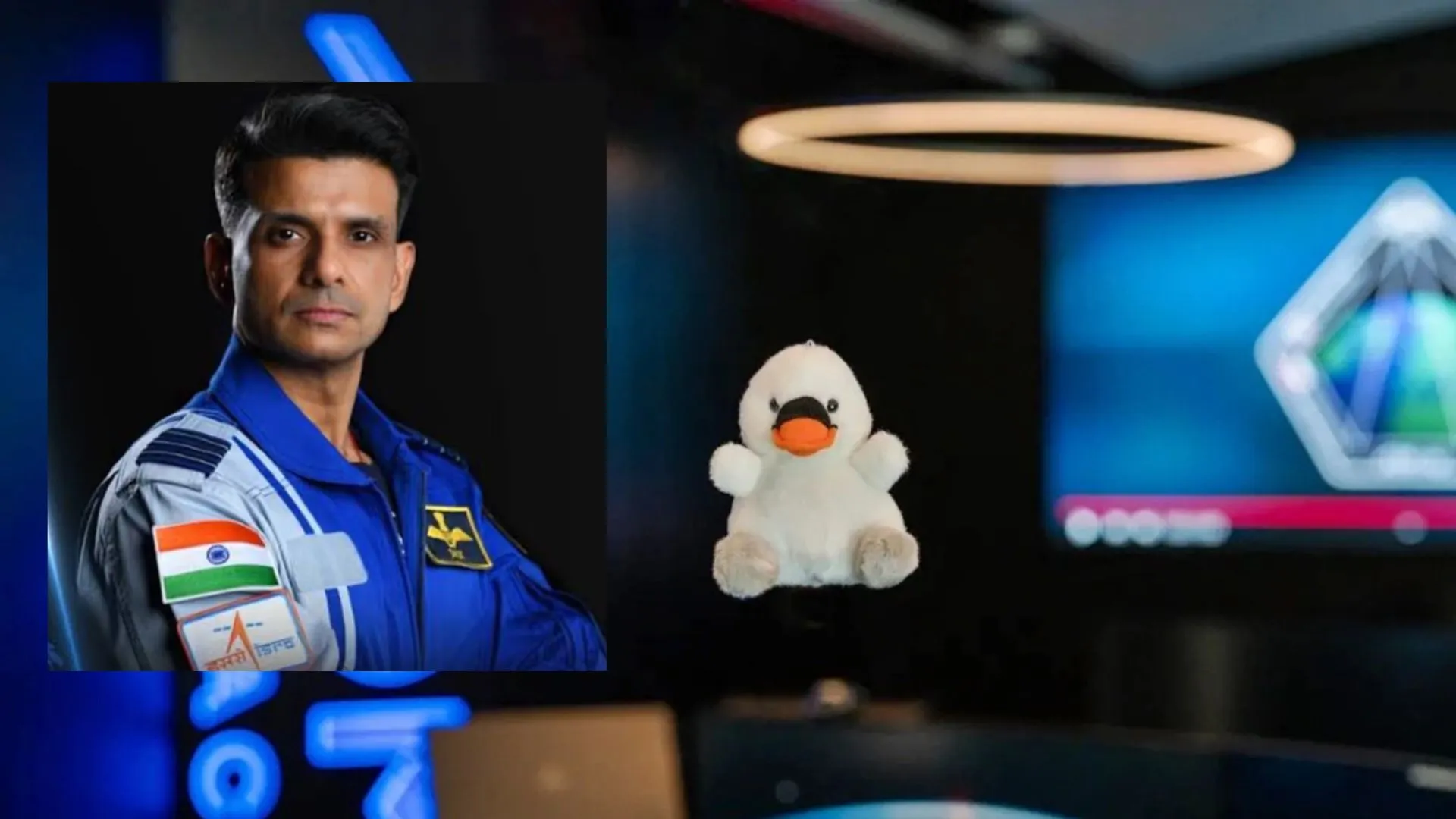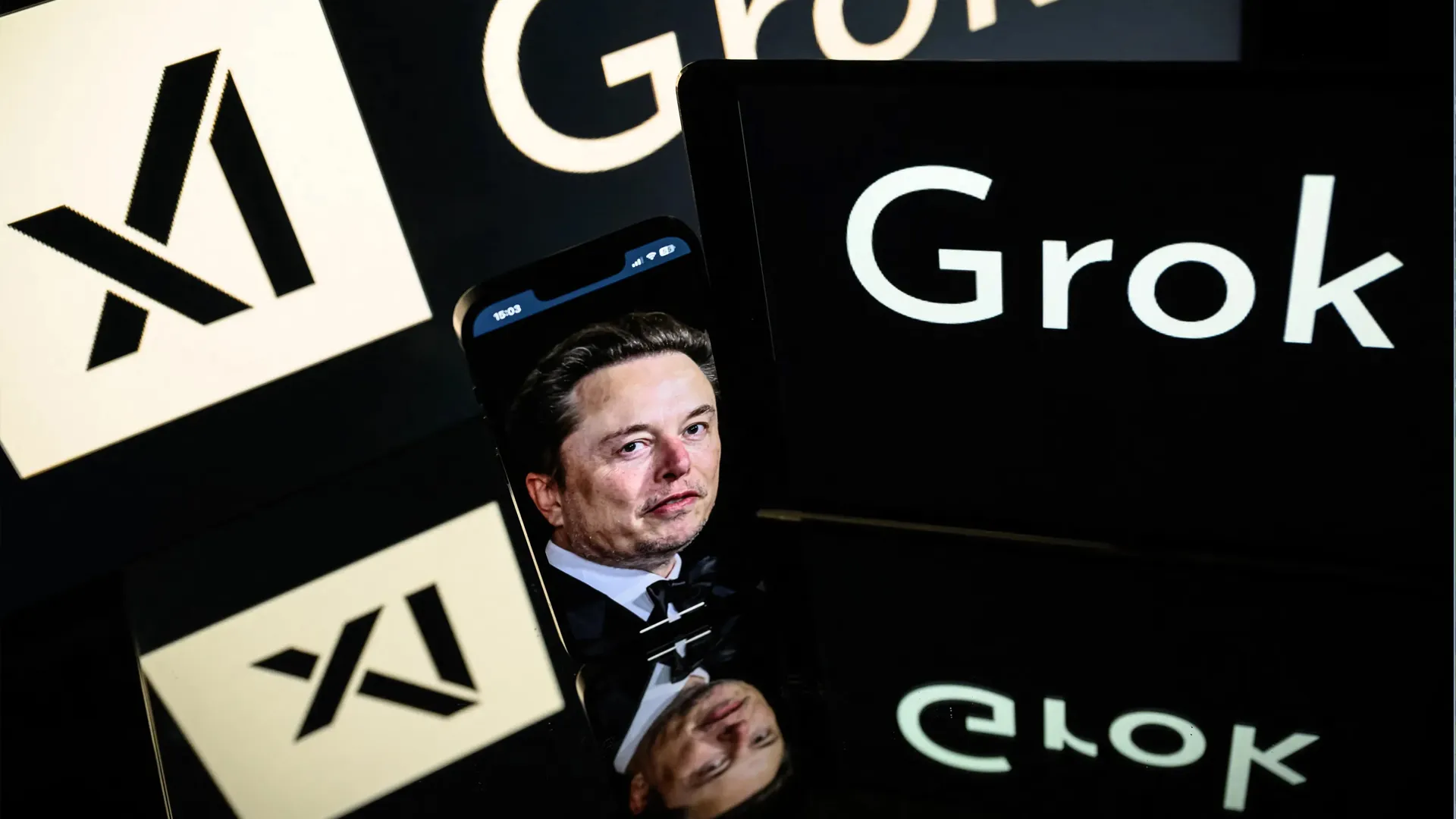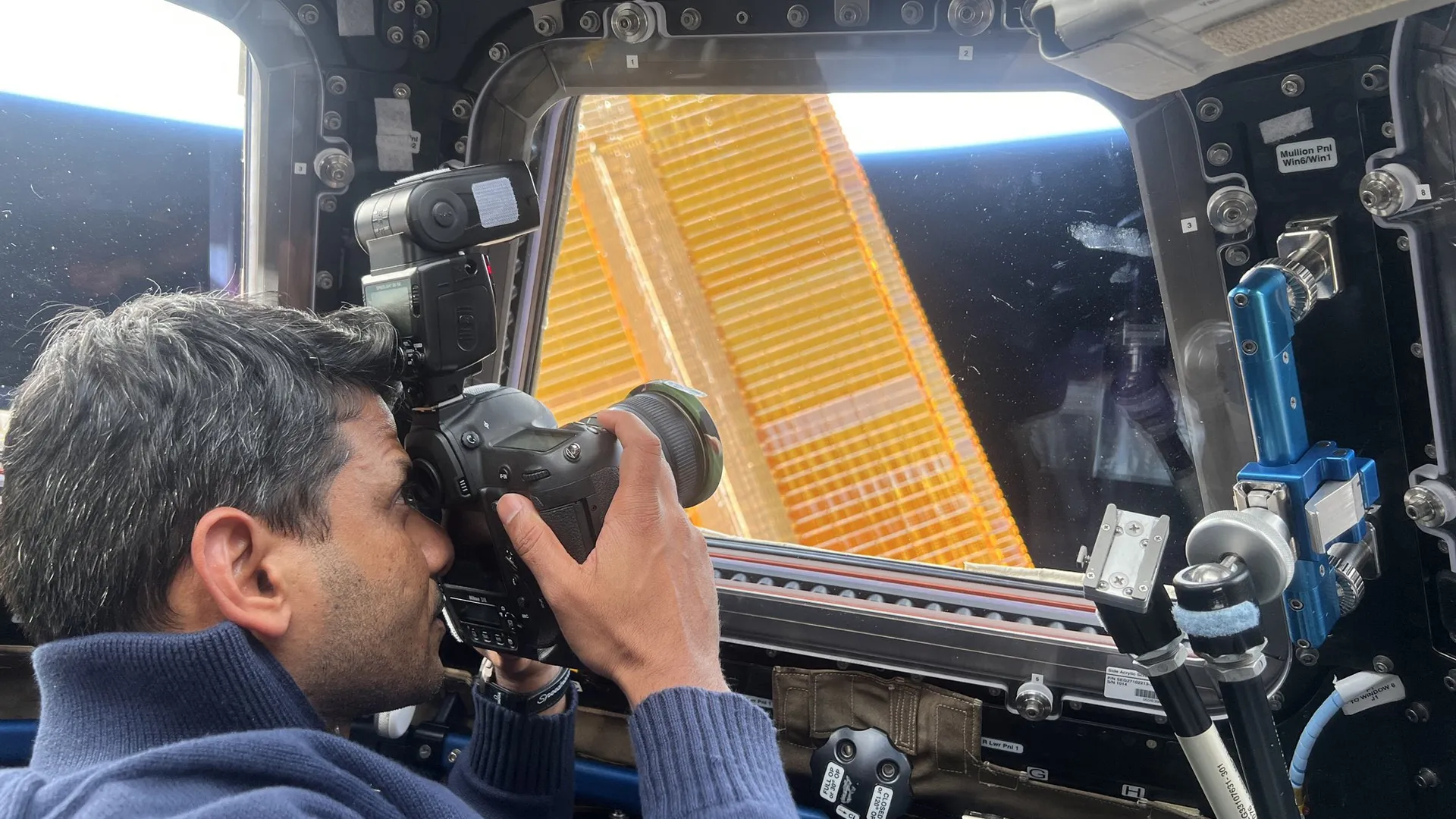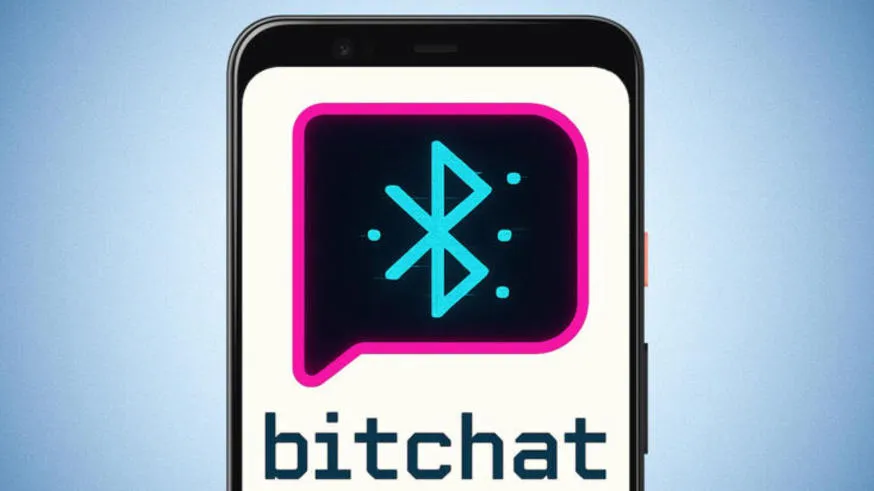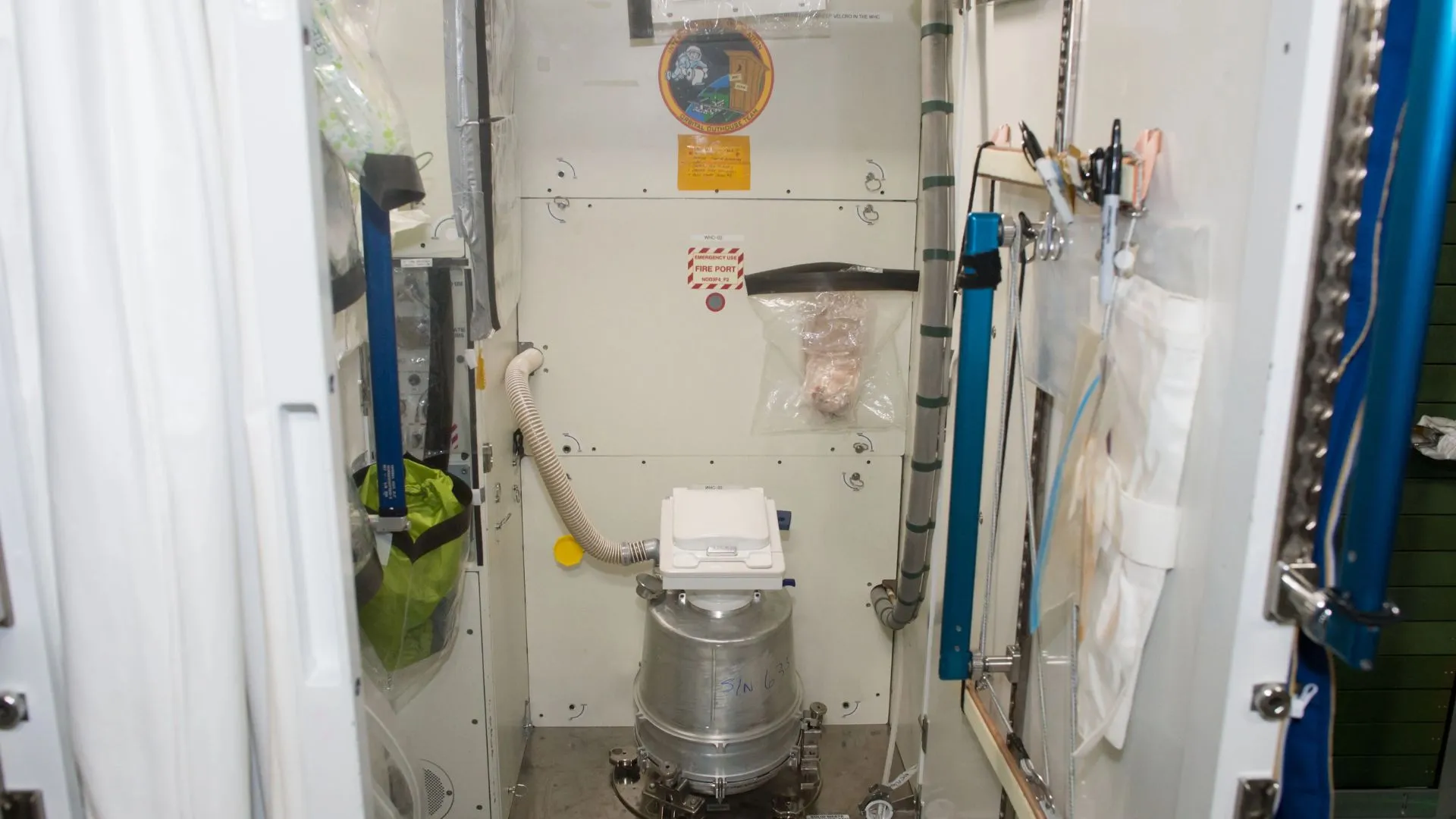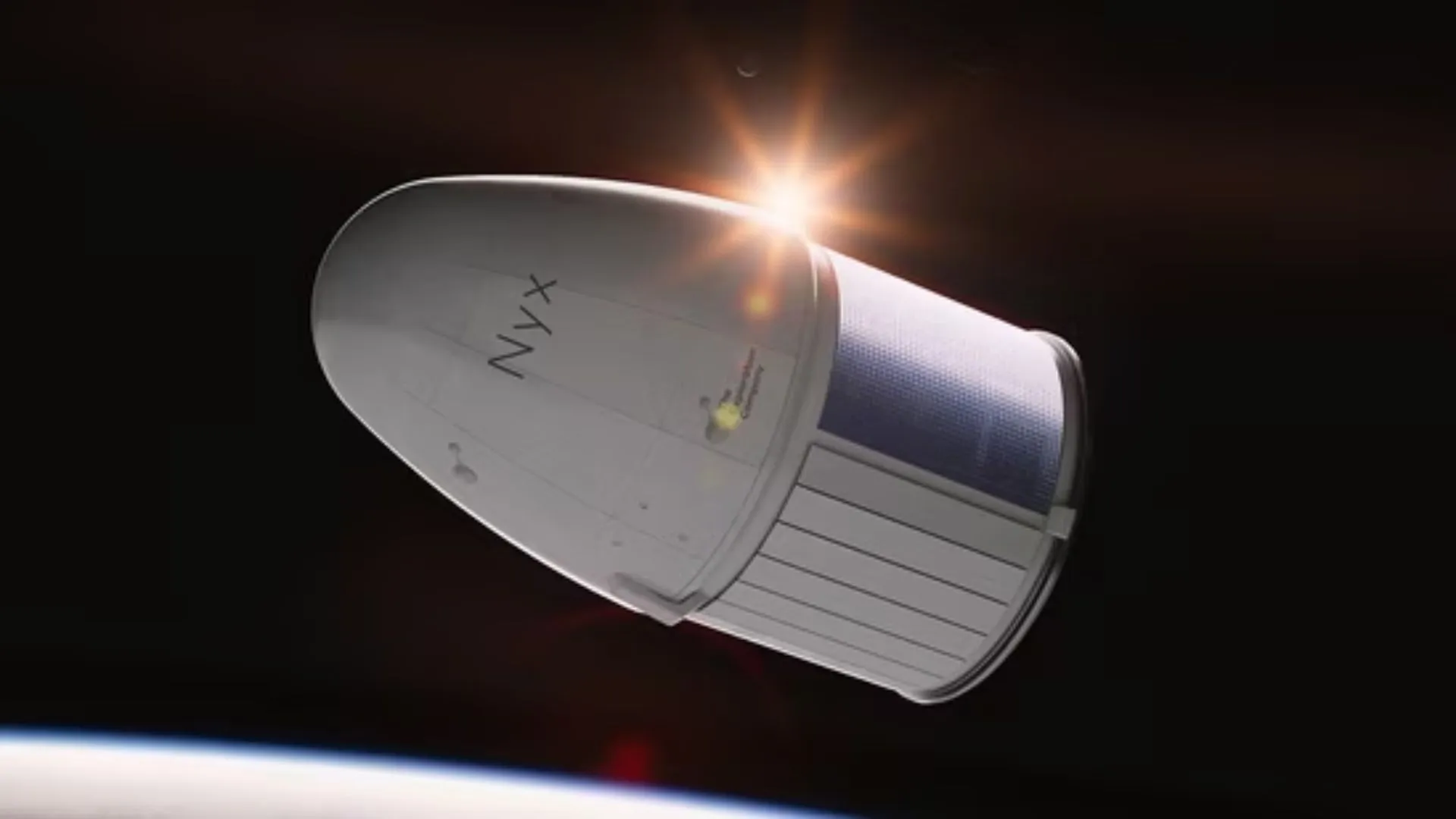While India is being feted with a milestone space feat, Group Captain Shubhanshu Shukla is not traveling solo on the Axiom Mission 4 (Ax-4). Aboard the mission is floating Joy, a white cuddly swan that has stolen hearts on Earth and serves an important function on the mission as its Zero-G marker.
Why the Swan Matters: Joy’s Role in Space
Joy is not only a cute companion. Joy acts as the mission’s Zero-G indicator, a space travel tradition in which a light object drifts around freely when the spacecraft achieves microgravity. The easy action visually verifies weightlessness for the astronauts and the people watching on Earth.
The tradition was started by Yuri Gagarin’s groundbreaking 1961 flight and has since been a ritual of going into space. Previous missions have employed toys such as dinosaurs and globes—the crew of Axiom-4 selected a swan.
When the SpaceX Dragon capsule is in orbit, Joy will be hovering freely, noiselessly announcing that the astronauts have gone into the weightless space.
Why a Swan? Symbolism Behind the Soft Toy
The decision to have a swan was made unanimously by the multinational team of four from India, America, Poland, and Hungary. But for India, the swan has a special significance. In Hindu mythology, the swan is the celestial vehicle (vahana) of Goddess Saraswati, symbolizing wisdom, knowledge, and elegance.
The symbolism of the bird indicates India’s contribution to the mission, with a harmonious convergence of tradition and contemporary space exploration.
The Mission: Axiom-4’s Lift-Off and Objectives
Axiom Mission 4 finally took off from NASA’s Kennedy Space Center after some delays. Headed by mission commander Peggy Whitson, who is a seasoned NASA astronaut and now the Director of Human Spaceflight at Axiom Space, the mission also features Group Captain Shubhanshu Shukla as the pilot.
Two Hungarian and Polish private astronauts round out the crew. The two-week flight will feature scientific experiments, STEM education outreach, and commercial research on the International Space Station (ISS).
Historic Indo-American Space Collaboration
This mission is based on an agreement for a space partnership between then-U.S. President Donald Trump and Indian Prime Minister Narendra Modi in 2019. Shukla’s presence aboard Axiom-4 is a sign of increased cooperation between India and America in space, especially through public-private initiatives such as Axiom Space and ISRO.
Meet India’s New Space Hero: Shubhanshu Shukla
Lucknow-born Group Captain Shubhanshu Shukla, or ‘Shux’ as he’s fondly called, is the first Indian to journey into space after Rakesh Sharma in 1984. Shubhanshu went to City Montessori School and cleared the NDA entrance exam secretly before going on to serve in his line of work in the Indian Air Force.
Comissioned into the fighter stream in 2006, Shukla became a distinguished test pilot with more than 2,000 hours of flight time on various aircraft, such as the Su-30 MKI, MiG-29, and Jaguar.
Academic Excellence and Gaganyaan Preparation
Chosen in 2019 under ISRO’s Human Spaceflight Program (HSP), Shukla trained at Russia’s Yuri Gagarin Cosmonaut Training Center and ISRO’s center in Bengaluru. He also obtained an M.Tech in Aerospace Engineering from the Indian Institute of Science (IISc).
His Personal and Family Life
Shukla is married to a dentist and has a four-year-old son. His father is a retired government bureaucrat and his mother is a housewife. He has two siblings and is the youngest of them. He gives credit to his family for making his dream possible.

